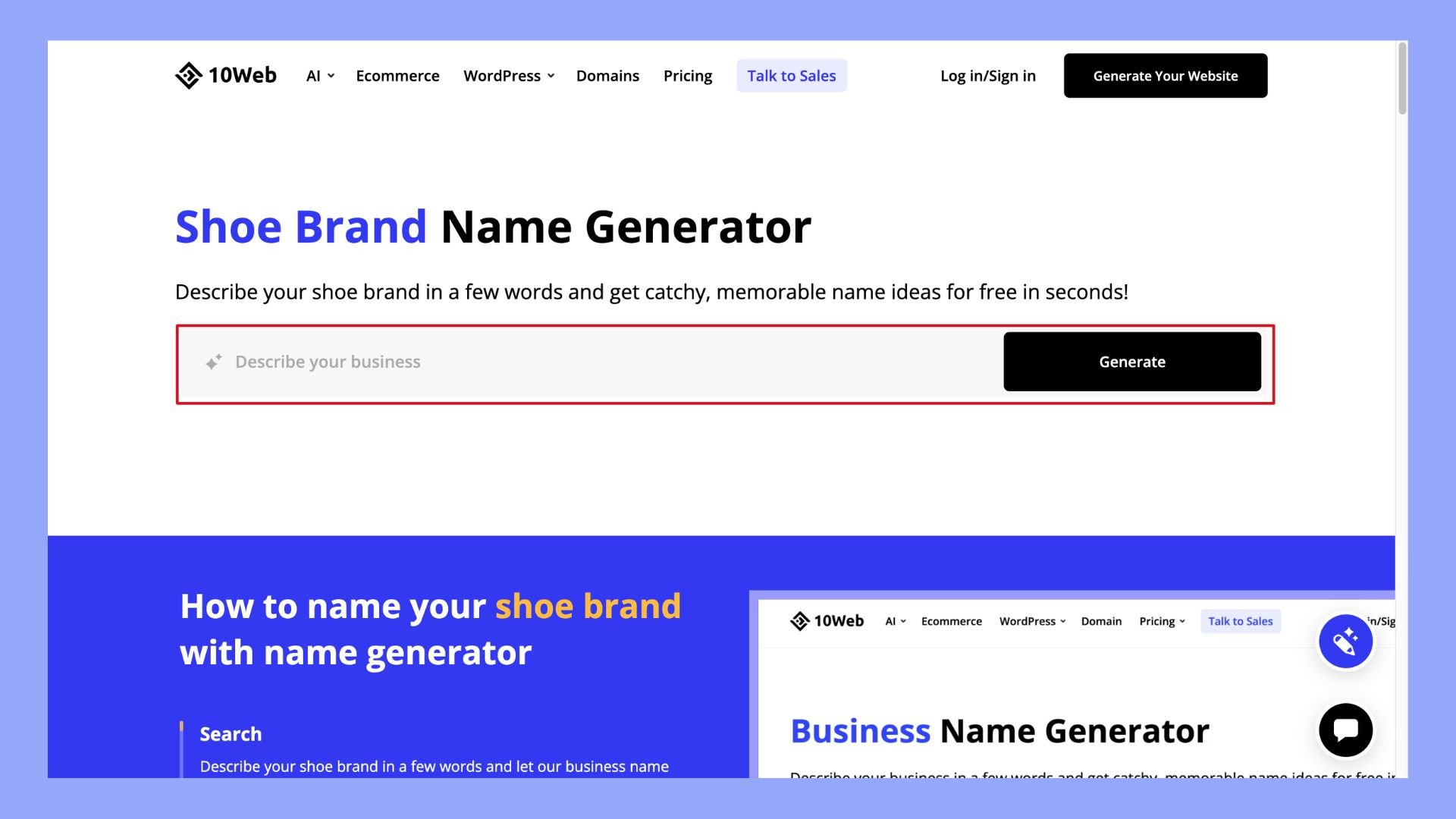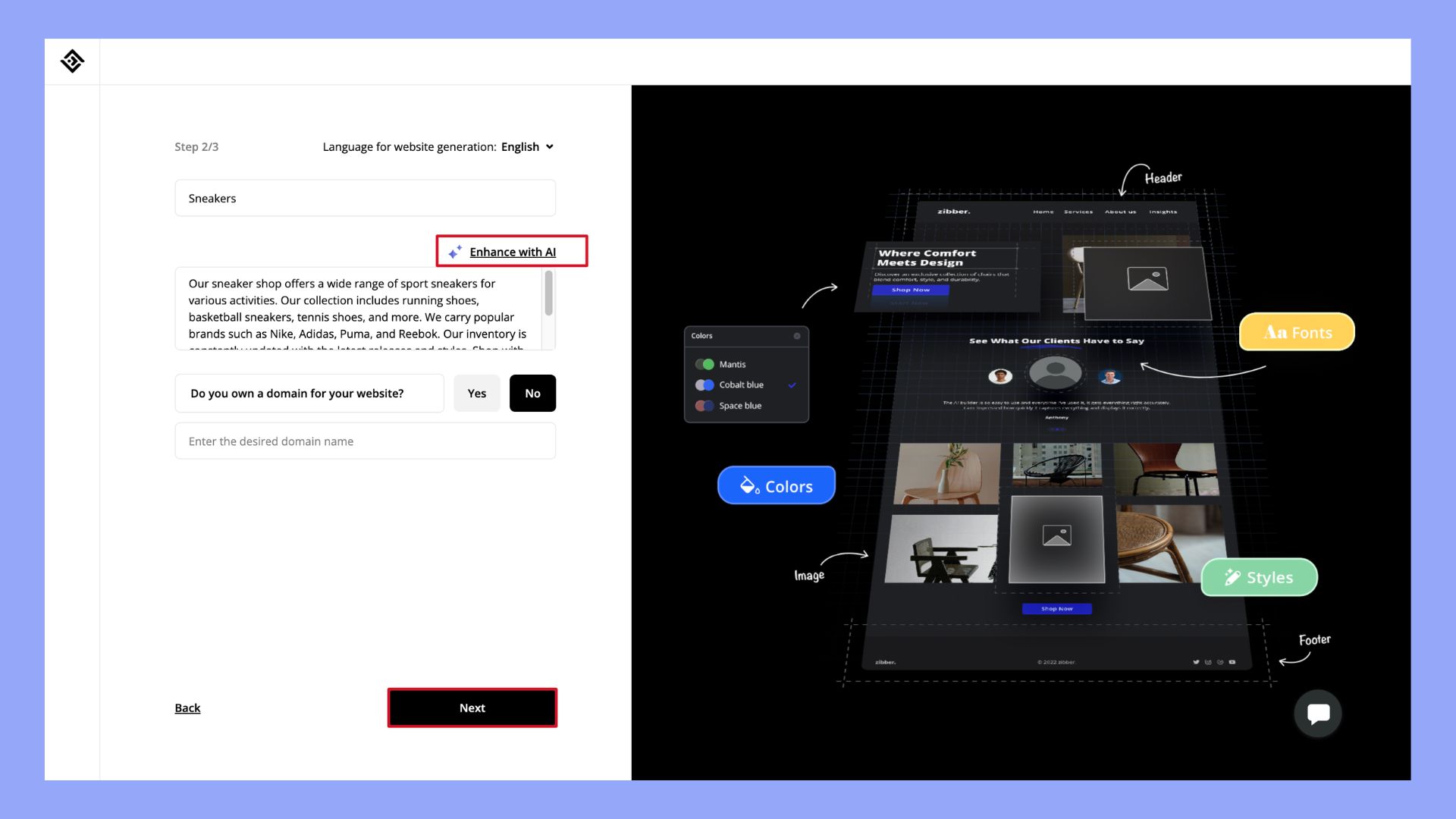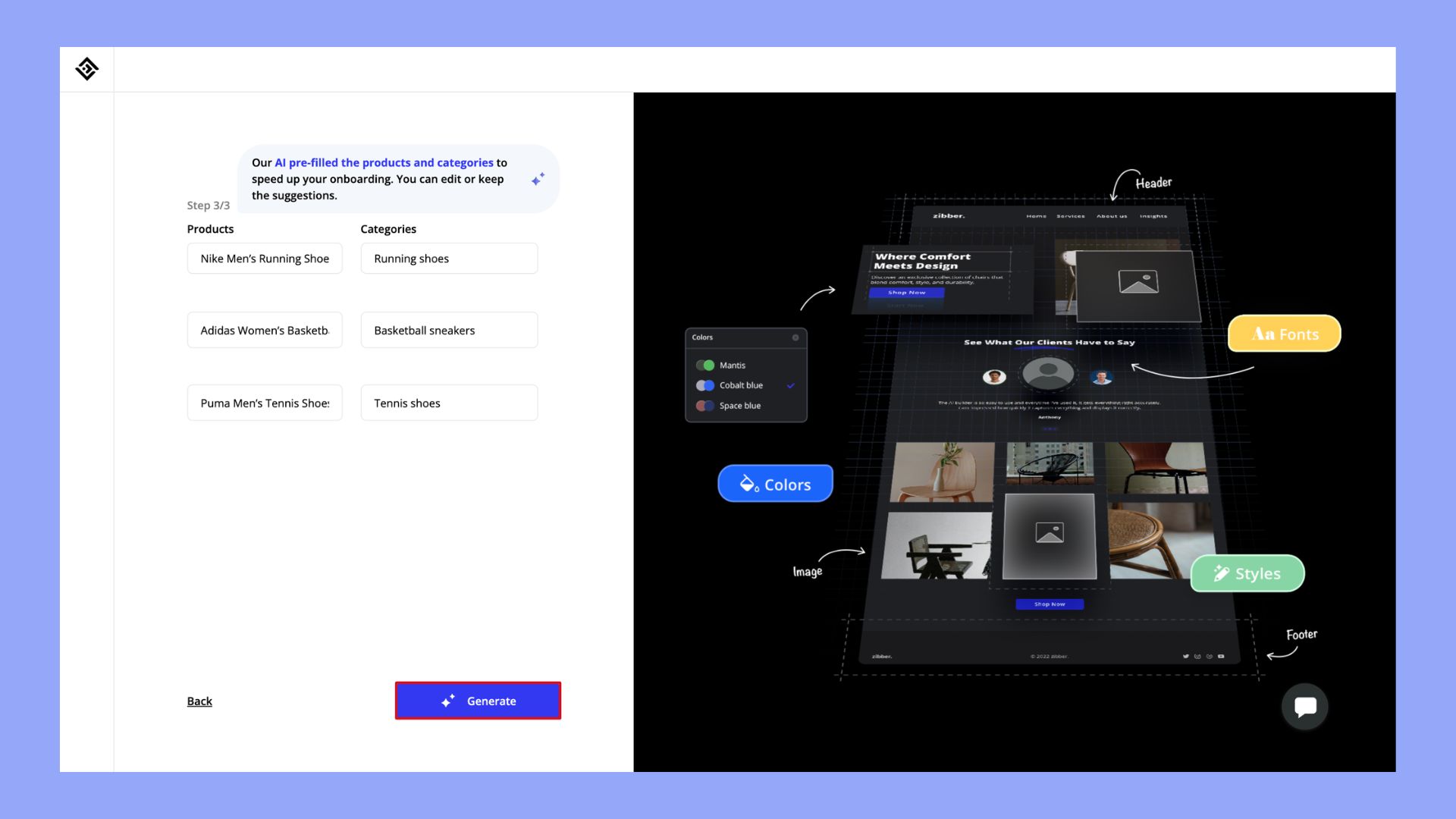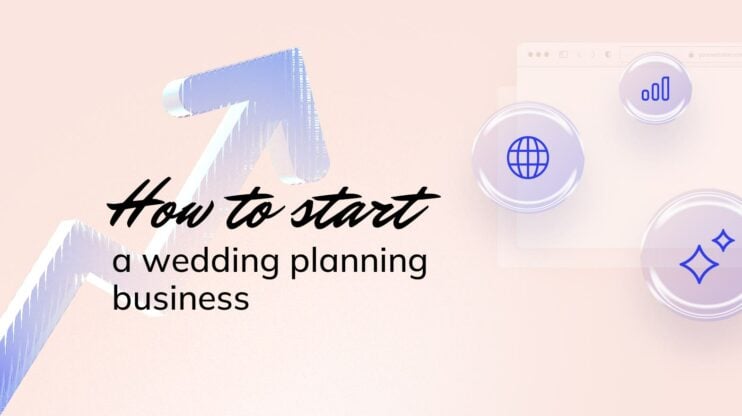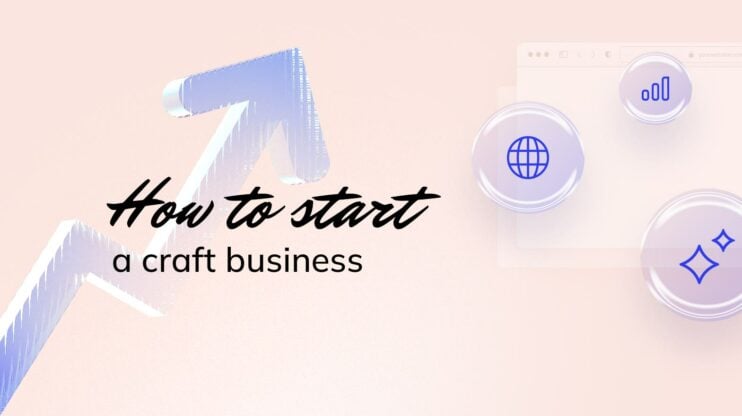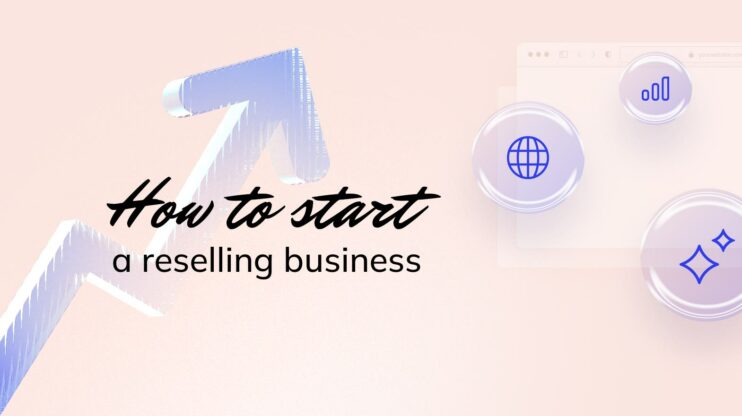Are you passionate about sneakers and ready to turn your love for sneakers into a thriving business? Starting a sneaker business can be both exciting and rewarding, offering opportunities to blend creativity with entrepreneurship. In this guide, we’ll explore essential tips and strategies to help beginners navigate the dynamic world of sneaker retail. From understanding market trends and sourcing inventory to branding and marketing, you’ll gain insights that will set you on the path to success. Whether you’re looking to open a physical store, launch an online shop, or start a reselling venture, the sneaker industry is ripe with potential for those who are dedicated, knowledgeable, and ready to make their mark.

FAQ
How much does it cost to start a sneaker business?
How to start a sneaker company?
- Research and planning: Conduct market research to identify your niche and target audience. Create a business plan outlining your strategy, budget, and goals.
- Brand development: Choose a unique brand name, design a logo, and develop your brand identity.
- Product sourcing: Decide whether to manufacture your own sneakers or source them from existing brands. Establish relationships with manufacturers or suppliers.
- Legalities: Register your business, obtain necessary licenses and permits, and protect your brand with trademarks.
- Online presence: Build a professional website and set up social media profiles. Consider using ecommerce platforms like Amazon.
- Marketing: Develop a marketing strategy to promote your brand through social media, influencers, and online advertising.
- Sales channels: Choose your sales channels, whether it’s online, retail stores, or pop-up shops.
- Launch: Start selling your products, monitor performance, and adjust strategies as needed.
Is selling sneakers profitable?
How much money do you need to start selling sneakers?

Looking to sell online?
Create your custom online store in minutes with 10Web AI Ecommerce Website Builder and take your business online.
Stage 1: Planning your sneaker business
Starting a sneaker business requires careful planning to stand out in a competitive market. Choose a catchy name that reflects your passion, research market trends and customer preferences, and identify your target audience. Analyze competitors to find market gaps, develop a unique brand identity, and create a detailed business plan to guide your growth and budget.
Step 1: Understanding the sneaker market
To start a sneaker business, you need to understand the sneaker market. This includes knowing current trends, identifying your target audience, and analyzing your competition.
Market research and trends
You must start with market research. This means looking at the sneaker market to see what is popular. Follow industry trends by reading fashion blogs, magazines, and social media. Look for new styles and brands that are gaining attention. Use tools like Google Trends to see what people are searching for. This helps you understand market demand.
Trends to watch:
- Vintage styles: Old-school designs are making a comeback.
- Sustainability: Eco-friendly materials are in high demand.
- Athleisure: Sneakers used for both sports and casual wear are popular.
Identifying your target audience
Knowing your target audience is key. Think about who will buy your sneakers. Are they teenagers, young adults, or older people? Each group has different tastes and needs.
Consider these factors:
- Age: Younger people may prefer flashier designs, while older shoppers may look for comfort.
- Gender: Men and women tend to have different preferences.
- Lifestyle: Are your customers athletes, fashion enthusiasts, or casual wearers?
You can do surveys and social media polls to gather information. Your goal is to find a niche that you can serve well.
Analyzing competition and demand
Analyzing competition helps you understand what other businesses are doing. Look at successful sneaker companies and see what they are offering. This gives you ideas on how to set your business apart.
Steps to analyze competition:
- Identify competitors: List other sneaker businesses in your area or online.
- Review their products: See what brands and styles they sell.
- Study their marketing: Look at their social media, ads, and promotions.
- Compare prices: Check if they are offering cheaper or more expensive options than you plan to.
Next, assess market demand. Use keyword research tools to see what people are searching for in sneakers. Join forums and online groups where sneaker enthusiasts discuss their needs and preferences. This will help you pinpoint gaps in the market that you can fill.
Understanding the sneaker market involves thorough research and careful planning. Keep up with the latest trends, know your audience, and analyze your competition to build a successful sneaker business.
Step 2: Building your business foundation
Starting a sneaker business requires careful planning, securing the necessary funds, and ensuring you meet all legal requirements. Laying a solid foundation will make your business more likely to succeed and grow.
Drafting a business plan
A solid business plan is the blueprint for your sneaker business. Start by defining your business goals. What do you want to achieve in the short and long term?
Outline your product offerings and pricing strategy. Decide on the types of sneakers you will sell, whether they’re limited editions, hard-to-find models, or mainstream brands. Set competitive prices that attract customers but also ensure profitability.
Include a marketing plan. Detail how you’ll market your brand using social media, collaborations with influencers, and SEO-friendly content. Lastly, make financial projections. Estimate your initial costs, expected revenues, and profits. This will help you see if your business idea is financially viable.
Securing funding and budgeting
To start your sneaker business, you’ll need capital. Evaluate how much money you need to cover startup costs like inventory, marketing, and software. Investing wisely is crucial.
Consider various funding options. Personal savings, loans from family and friends, or small business loans are some avenues. You may also explore venture capital if you have a unique business model. Budgeting is key. Allocate funds carefully, preparing for both expected and unforeseen expenses.
Create a detailed budget listing your initial and ongoing expenses. Track spending closely and adjust as needed. Setting a buffer can help you handle unexpected costs without affecting cash flow.
Navigating licenses and legal requirements
Starting a sneaker business involves understanding the legal landscape. Begin by registering your business and choosing a structure that fits your needs (like LLC or sole proprietorship).
Obtain necessary licenses. You may need a general business license, sales tax permit, and possibly resale certificates depending on your location. Seek advice from a legal professional to ensure you comply with local, state, and federal regulations.
Consider trademarking your brand name and logo. This protects your brand identity and prevents others from using it without permission. Staying informed about legal requirements helps you avoid penalties and ensures smooth operation.
Step 3: Establishing a solid inventory
Creating a strong inventory involves sourcing high-quality sneakers from reliable suppliers, efficiently managing your inventory, and utilizing effective software tools.
Sourcing sneakers from suppliers
Finding the right suppliers is important. Start by researching and identifying reliable suppliers or manufacturers who produce high-quality sneakers. Look for those who offer competitive pricing and have a good reputation in the industry.
Visit trade shows and online marketplaces to discover new suppliers. Don’t forget to request samples so you can assess the quality of the sneakers before making large orders. Building strong relationships with suppliers can also lead to better terms and priority access to limited edition releases.
Consider working with multiple suppliers to diversify your product range. This helps minimize the risk of inventory shortages and ensures you always have popular models in stock.
Inventory management techniques
Effective inventory management ensures you have the right products available at the right time. Start by setting up a system to track your stock levels. This can be as simple as a spreadsheet or as advanced as specialized inventory management software.
Regularly perform stock counts to prevent discrepancies. Implement a first-in, first-out (FIFO) method to keep your inventory fresh and reduce the risk of outdated products. Categorize your inventory by product type, size, and color to make it easier to organize and locate items.
Keep an eye on trends and seasonality. Understanding which sneakers are in demand during different times of the year can help you plan your purchases and avoid overstocking.
Investing in inventory software
Using inventory management software can streamline your operations. Look for software that offers real-time tracking, automated restock alerts, and detailed reporting features. These tools can help you make data-driven decisions and improve your overall efficiency.
Many tools offer integration with ecommerce platforms, which allows for seamless order processing and inventory updates. One of the inventory management tools you can use comes with the 10Web Ecommerce Website Builder, where you will be able to manage your inventory and your website from a single platform. Additionally, 10Web also provides a WooCommerce hosting plan, where you will enjoy an AI WooCommerce Builder to create secure websites that are fast.
Investing in cloud-based software ensures that you can access your inventory data from anywhere. Set aside a budget for these tools, as the investment can save you time and reduce errors in the long run.

Looking to sell online?
Create your custom online store in minutes with 10Web AI Ecommerce Website Builder and take your business online.
Stage 2: Putting your plan into action
Now that you have a solid plan, it’s time to bring your sneaker business to life. Start by setting up an online store and craft a strong brand identity for your business. Additionally, set pricing and sales strategies to increase your profits.
Step 1: Creating a strong brand identity
Creating a memorable brand identity is essential to stand out in the sneaker industry. This section covers developing your sneaker brand, ensuring authenticity, and creating brand awareness.
Developing your sneaker brand
- Define your values: What does your brand stand for? Think about things like quality, creativity, and sustainability. Your values will guide every decision you make.
- Choose a unique name: Your brand name should be catchy, easy to remember, and reflect what your brand is all about. You can leverage AI tools, such as the 10Web Business Name Generator to choose the perfect and catchy name for your brand.

- Design an eye-catching logo: Your logo should be simple yet powerful. It should instantly convey your brand’s identity.
- Develop a consistent aesthetic: Use specific colors, fonts, and styles across all your marketing materials. Consistency helps your audience recognize and remember your brand.
- Craft your brand story: Share why you started this sneaker business, your passion for sneakers, and what makes your brand unique. This helps customers connect with you on a personal level.
Importance of authenticity
Build trust: Customers are more likely to support a brand they trust. Always be honest in your advertising, product descriptions, and customer interactions.
Stay true to your values: Don’t just talk about your values; live them. If you value sustainability, make sure your products and practices reflect that.
Be transparent: Tell your customers where your materials come from, how your sneakers are made, and any challenges you face. Transparency builds credibility.
Engage with your audience: Respond to comments and messages on social media. Show that there’s a real person behind the brand.
Share behind-the-scenes content: Let your audience see the process of making your sneakers. Authentic content strengthens your brand image.
Creating brand awareness
Host events and giveaways: These can drive interest and excitement around your brand. Events can be online or in-person, depending on where your audience is.
Invest in quality content: Professional photos and videos of your sneakers help attract attention. High-quality content makes your brand look more credible and appealing.
Utilize email marketing: Send newsletters to keep your audience updated on new releases, special offers, and events. Personalized emails can also encourage repeat business.
Step 2: Creating an online presence
To make your sneaker business successful, you need a strong online presence. This involves setting up a user-friendly ecommerce store for sneakers and using social media to market your brand effectively.
Setting up your ecommerce platform
Having an easy-to-navigate website is crucial. With tools like 10Web’s AI Website Builder, you can generate a customized sneaker store quickly. This platform allows you to use a drag-and-drop editor, making it simple to design, even if you have no coding skills.
- First, visit 10Web.io and choose the Generate Your Website option.

- Choose your business type.

- Enter your business details – such as business name and domain.

- Write the categories and products that you already have planned and click Finalize.

The AI will generate a tailored website for you. Customize the layout, design, and content to fit your brand identity.
Ensure your site includes high-quality images of your sneakers, clear product descriptions, and a straightforward checkout process. Be sure to use the ecommerce plan to enjoy benefits that make running an ecommerce store easier, such as the 10Web Payments, inventory management, and checkout process from a single platform, which also provides a seamless shopping experience for your customers.
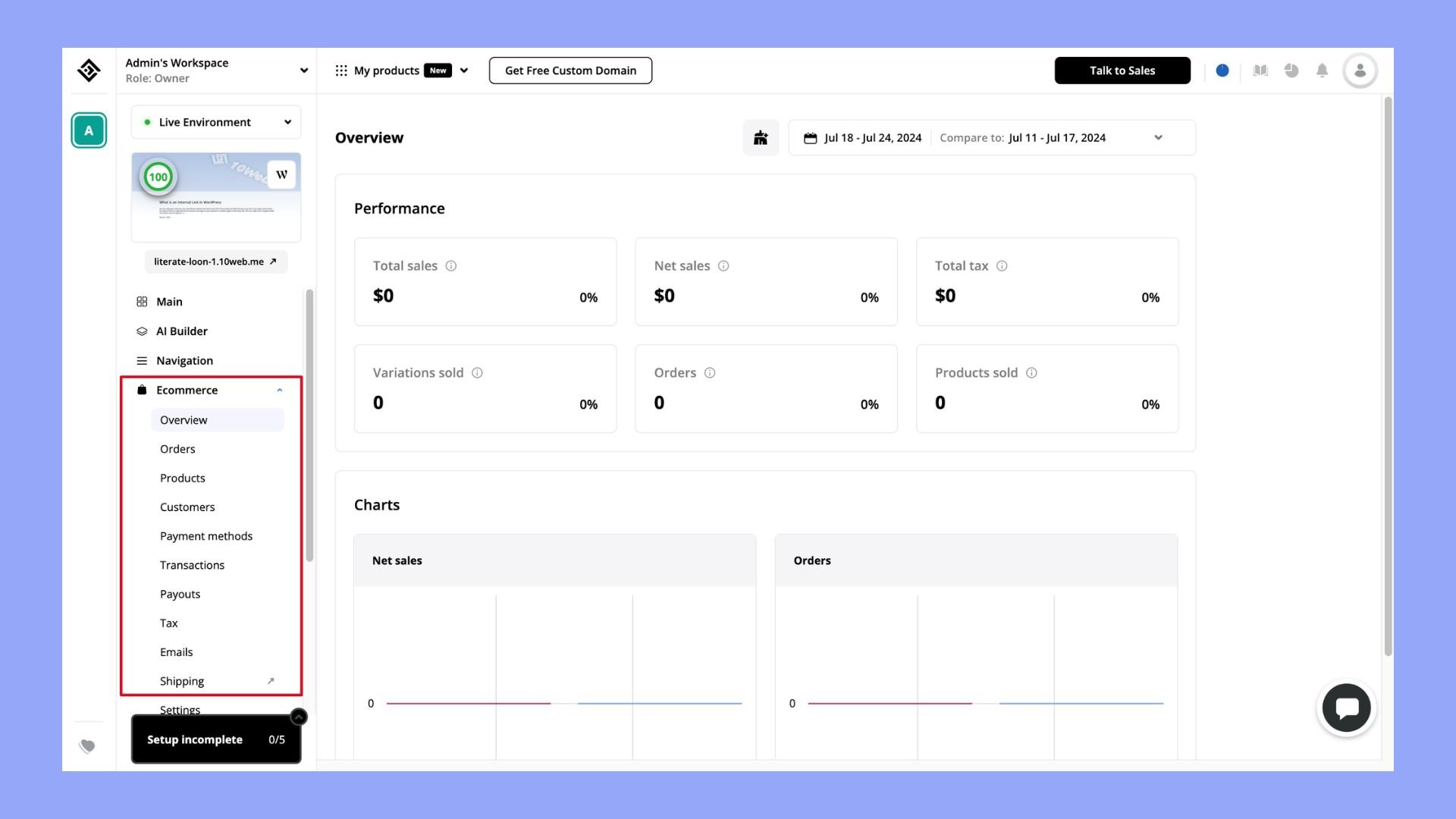
Leveraging social media platforms
Social media is key to attracting and engaging with customers. Start by creating accounts on popular platforms like Instagram and Facebook Marketplace. Post regular updates about new releases, sales, and events. Use high-quality photos and engaging content to catch the eye of potential buyers.
Collaborate with influencers and sneaker enthusiasts to reach a broader audience. Run targeted ads to increase visibility and drive traffic to your ecommerce site. Engage with your audience by responding to comments and messages promptly.
Utilize features like Facebook Marketplace to list your products and make it easy for users to purchase directly through the platform. This increases your reach and provides additional sales channels for your business.
Building a strong online presence is essential for the growth of your sneaker business. By focusing on a solid website and active social media engagement, you’ll be well on your way to success.
Step 3: Pricing and sales strategies
Setting the right price and choosing the best sales channels are key to launching a successful sneaker business. You need to balance competitiveness with profitability and ensure your products reach the right audience.
Competitive pricing techniques
To start, research the market thoroughly. Check prices on eBay, StockX, and GOAT to understand current trends. Use these platforms to see what similar sneakers are selling for.
Offer promotions and limited-time discounts to attract customers.
Consider price matching well-known competitors to stay competitive. Bundling products can also help to increase sales. Always keep in mind the costs of acquiring inventory and other business expenses.
| Platform | Average Price Range |
| eBay | $50 – $500 |
| StockX | $100 – $1,000 |
| GOAT | $75 – $800 |
Maximizing profit margins
To maximize profit margins, you need to buy sneakers at the best prices. Look for bulk purchasing options or wholesalers to lower costs per unit.
Enhance your value proposition by creating a unique brand identity. This can justify a higher price. Try not to undercut your prices too much, as it can harm your profit margins.
Managing your expenses efficiently can also increase profitability. Minimize costs related to storage, shipping, and marketing by choosing the most economical options.

Looking to sell online?
Create your custom online store in minutes with 10Web AI Ecommerce Website Builder and take your business online.
Stage 3: Promoting your business
Promoting your sneaker business is about attracting customers and building your brand. Start by leveraging social media platforms like Instagram and Facebook, posting regularly and engaging with followers. Collaborate with influencers to reach a wider audience and advertise your user-friendly, visually appealing website. Use email marketing to send newsletters with updates and exclusive discounts. Participate in local events to network and hand out promotional materials. Finally, invest in SEO to increase your website’s visibility in search results. Effective promotion will help you build a loyal customer base and grow your brand.
Step1: Developing a marketing plan
Creating a strong marketing plan is key to starting a successful sneaker business. This plan will help you reach your target market and build your brand.
Steps to develop your marketing plan:
- Identify your target market: Know who your customers are. Think about their age, lifestyle, and what kind of sneakers they like.
- Analyze your competition: Look at what other sneaker businesses are doing. Learn from their successes and mistakes.
- Set your marketing goals: These should be specific, measurable, achievable, relevant, and time-based (SMART). For example, Increase social media followers by 20% in three months.
- Choose your marketing channels: Decide where you’ll promote your sneakers. This can include social media, email marketing, and your own website.
- Create engaging content: Share stories, photos, and videos that show your sneakers in action. Content should resonate with sneaker enthusiasts and casual shoppers.
- Develop a promotion strategy: Plan sales, discounts, and special offers. Consider collaborating with influencers or running online ads.
- Plan your budget: Know how much you can spend on marketing and stick to it. Make sure to allocate funds for different channels.
- Implement your plan: Start your marketing activities. Monitor their performance to see what’s working.
- Measure and adjust: Track your results regularly. Use analytics tools to see which strategies bring the best results. Adjust your plan as needed.
Step 2: Engaging with the sneaker community
Engaging with the sneaker community is key to growing your sneaker business. Build connections through conventions, social media, and influencer collaborations, while creating a loyal customer base.
Involvement in sneaker conventions
Participating in sneaker conventions is a great way to connect with other sneaker enthusiasts. These events allow you to showcase your products, gain exposure, and learn about new trends. One of the popular conventions is Sneaker Con.
Set up an engaging booth to draw attendees. Have a mix of popular models and unique finds. Offering exclusive convention deals is also a good strategy. Additionally, use these events to network, exchanging contact details and building relationships with other vendors and potential customers.
Connecting with sneakerheads and influencers
To grow your presence, you need to connect with sneakerheads and influencers on social media platforms like Instagram, and TikTok. These individuals can help amplify your brand to a broader audience.
Identify influencers who align with your brand values. Reach out to them with collaboration proposals, such as sponsorships, giveaways, or featured posts. Engaging content, like unboxing videos or reviews, can attract more followers. Also, join online sneaker communities and forums to participate in discussions and share insights.
Building a loyal customer base
A loyal customer base is vital for sustained success. Start by providing excellent customer service and engaging directly with your audience on social media. Respond to comments, ask for feedback, and resolve issues promptly.
Offer loyalty programs and exclusive perks to repeat customers. Keep your followers updated with the latest releases and upcoming events through newsletters and social media updates. Encourage user-generated content by asking customers to share their sneaker photos with your products, using branded hashtags. This builds a sense of community and keeps your customers coming back.
Step 3: Navigating the reselling aspect
Navigating the reselling aspect of a sneaker business involves understanding how to resell sneakers, using effective reselling strategies, and dealing with sneaker bots and other challenges.
Understanding sneaker reselling
Sneaker reselling is about buying and selling sneakers for a profit. It’s essential to know what makes certain sneakers valuable. Limited editions, collaborations, and exclusive releases often have high resale values.
Research is key. Follow trends in the sneaker resale market by keeping an eye on social media, leading sneaker websites, and forums. Try to understand what buyers want and why certain sneakers are in demand. Learning these basics can help you choose which sneakers to invest in.
Strategies for sneaker reselling
Effective strategies can maximize your profits. One method is to buy low and sell high. Look for deals and sales where you can purchase sneakers at lower prices. Another approach is to build relationships with suppliers and retailers to get access to exclusive drops.
Timing is crucial. Selling your sneakers when they are most in demand can fetch higher prices. Maintain a clean inventory by storing sneakers properly and keeping them in mint condition. This helps to retain their value.
Dealing with bots and challenges
Sneaker bots are programs used to automate the process of buying multiple pairs of sneakers online quickly. To compete, you must understand how bots work and how to tackle them. Investing in your own sneaker bot might be necessary to compete with other resellers.
Challenges include:
- Counterfeit products: Always verify the authenticity of sneakers. Use trusted suppliers and double-check goods before reselling.
- Market fluctuations: The value of sneakers can change rapidly. Stay updated on market trends to make informed decisions.
- High demand and fast sell-outs: Popular releases can sell out in seconds. Be prepared and quick during such events to secure pairs before they are gone.
By managing these challenges effectively, you can keep your sneaker reselling business running smoothly.
Conclusion
Embarking on the journey of starting a sneaker business can be both challenging and exhilarating. With the right preparation, dedication, and passion for sneakers, you can start your sneaker business and successfully manage it. Remember, success comes from understanding market trends, building strong relationships with suppliers, and effectively branding and marketing your business. Stay adaptable, keep learning, and don’t be afraid to innovate. By following the tips outlined in this guide, you’ll be well-equipped to turn your sneaker business dreams into reality and thrive in the ever-evolving world of footwear retail.


